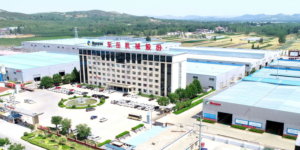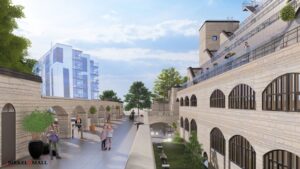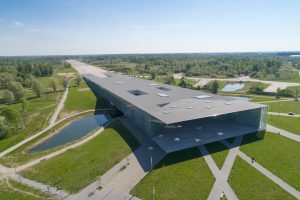Welcome to the European Autoclaved Aerated Concrete Association
Find out more about goals, projects and members of the association and discover autoclaved aerated concrete as one of the most modern and sustainable building materials for the requirements of a modern world.
The European Autoclaved Aerated Concrete Association was created in 1988 to promote the interests of producers of autoclaved aerated concrete (AAC) and their national associations across all of Europe. EAACA’s members operate more than 100 production sites in 18 countries producing around 16 million m3 of AAC per year. From this quantity about 350.000 homes can be built.
Urban Transformation Campaign
The AAC industry considers the new European Green Deal as a strategy for growth, turning sustainability into a competitive advantage over other construction materials. AAC’s unique characteristics as a strong and lightweight, easy-to-use, and fully recyclable building material, makes it the right product to help meet the demands for circularity and greenhouse gas emissions reduction. That is why we are launching the Urban Transformation Campaign. The campaign will help us engage with the current policy demands as it takes a holistic approach to the renewal of our urban environment.

Reducing the carbon footprint of Europe’s construction
Sustainable construction is vital in the fight against climate change. Europe’s construction sector needs to reduce its carbon footprint in order to contribute to the fight against climate change.
News

We welcome a new Member – Dongyue Machinery Group
We are pleased to announce that Dongyue Machinery Co, Ltd. has recently joined the association and supports us in our work. Dongyue Machinery Co., Ltd.

Election Piotr Dauksza
At a recent meeting of the Executive Committee of the European Autoclaved Aerated Concrete Association (EAACA), the Committee unanimously elected Mr Piotr Dauksza as the

EAACA statement on the current RAAC topic in the UK
Following various media reports on the subject of RAAC in the UK, we as a European association would like to comment on this. Please find




